
Electric vehicles (EVs) are transforming transportation, but challenges such as cost, longevity, and range remain barriers to widespread adoption. At the heart of these challenges lies battery technology��specifically, the electrolyte, a critical component that enables energy storage and delivery. The electrolyte��s properties directly impact a battery��s charging speed, power output, stability��
]]>
NVIDIA DGX Cloud Serverless Inference is an auto-scaling AI inference solution that enables application deployment with speed and reliability. Powered by NVIDIA Cloud Functions (NVCF), DGX Cloud Serverless Inference abstracts multi-cluster infrastructure setups across multi-cloud and on-premises environments for GPU-accelerated workloads. Whether managing AI workloads��
]]>
As AI capabilities advance, understanding the impact of hardware and software infrastructure choices on workload performance is crucial for both technical validation and business planning. Organizations need a better way to assess real-world, end-to-end AI workload performance and the total cost of ownership rather than just comparing raw FLOPs or hourly cost per GPU.
]]>
With the rise of physical AI, video content generation has surged exponentially. A single camera-equipped autonomous vehicle can generate more than 1 TB of video daily, while a robotics-powered manufacturing facility may produce 1 PB of data daily. To leverage this data for training and fine-tuning world foundation models (WFMs), you must first process it efficiently.
]]>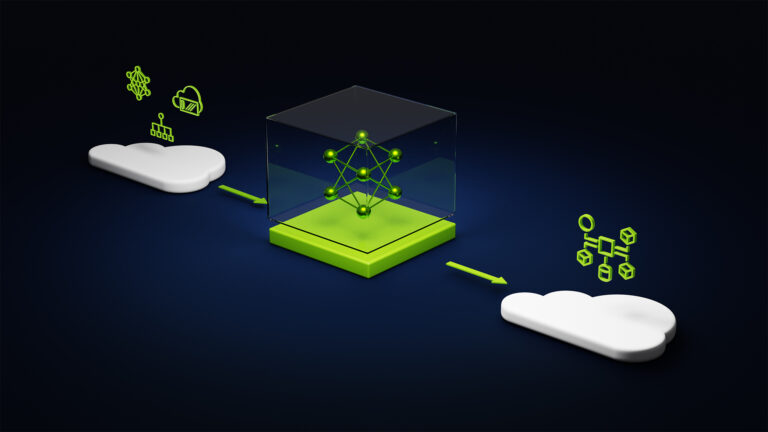
In the rapidly evolving landscape of AI systems and workloads, achieving optimal model training performance extends far beyond chip speed. It requires a comprehensive evaluation of the entire stack, from compute to networking to model framework. Navigating the complexities of AI system performance can be difficult. There are many application changes that you can make��
]]>
In recent years, large language models (LLMs) have achieved extraordinary progress in areas such as reasoning, code generation, machine translation, and summarization. However, despite their advanced capabilities, foundation models have limitations when it comes to domain-specific expertise such as finance or healthcare or capturing cultural and language nuances beyond English.
]]>
Powered by the new GB10 Grace Blackwell Superchip, Project DIGITS can tackle large generative AI models of up to 200B parameters.
]]>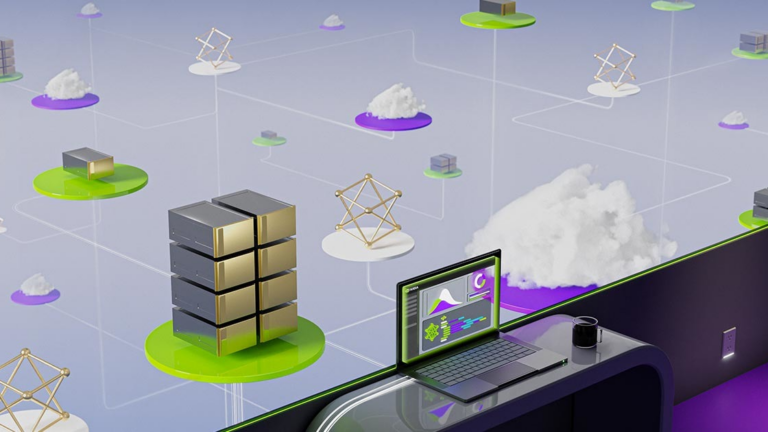
GPUs were initially specialized for rendering 3D graphics in video games, primarily to accelerate linear algebra calculations. Today, GPUs have become one of the critical components of the AI revolution. We now rely on these workhorses to fulfill deep learning workloads, crunching through massive and complex semi-structured datasets. However, as demand for AI-based solutions has��
]]>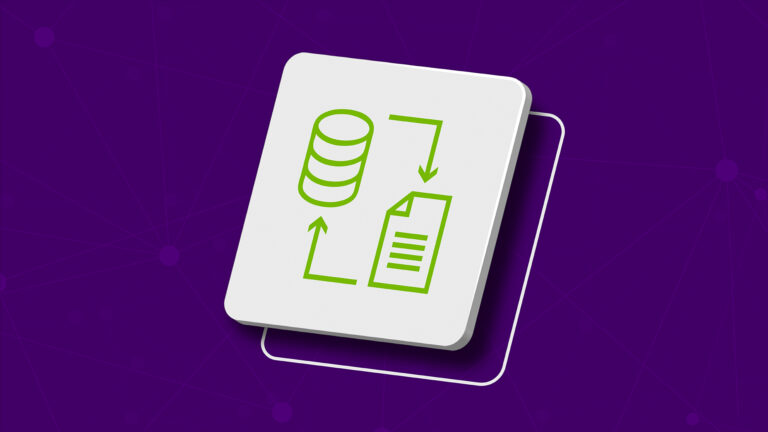
Enterprises are using large language models (LLMs) as powerful tools to improve operational efficiency and drive innovation. NVIDIA NeMo microservices aim to make building and deploying models more accessible to enterprises. An important step for building any LLM system is to curate the dataset of tokens to be used for training or customizing the model. However, curating a suitable dataset��
]]>
At GDC 2024, NVIDIA announced that leading AI application developers such as Inworld AI are using NVIDIA digital human technologies to accelerate the deployment of generative AI-powered game characters alongside updated NVIDIA RTX SDKs that simplify the creation of beautiful worlds. You can incorporate the full suite of NVIDIA digital human technologies or individual microservices into��
]]>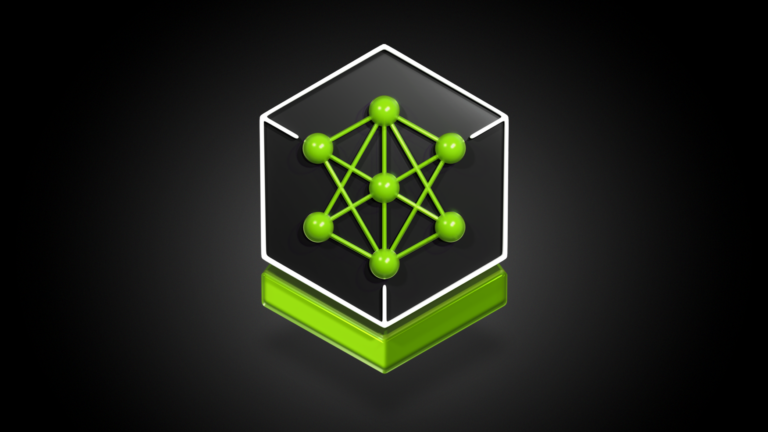
The rise in generative AI adoption has been remarkable. Catalyzed by the launch of OpenAI��s ChatGPT in 2022, the new technology amassed over 100M users within months and drove a surge of development activities across almost every industry. By 2023, developers began POCs using APIs and open-source community models from Meta, Mistral, Stability, and more. Entering 2024��
]]>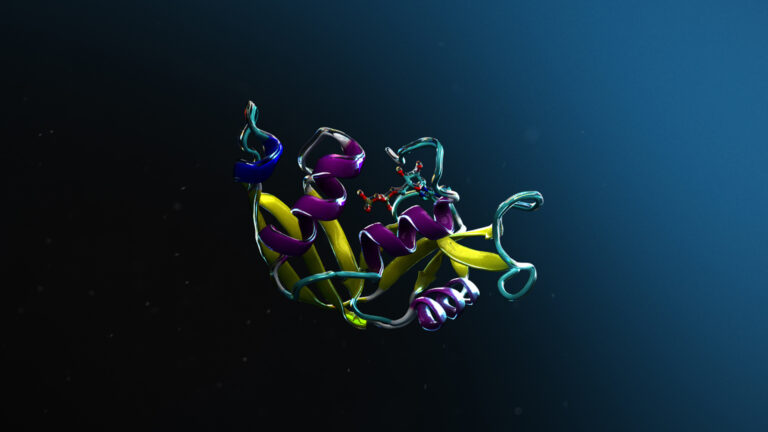
The quest for new, effective treatments for diseases that remain stubbornly resistant to current therapies is at the heart of drug discovery. This traditionally long and expensive process has been radically improved by AI techniques like deep learning, empowered by the rise of accelerated computing. Receptor.AI, a London-based drug discovery company and NVIDIA Inception member��
]]>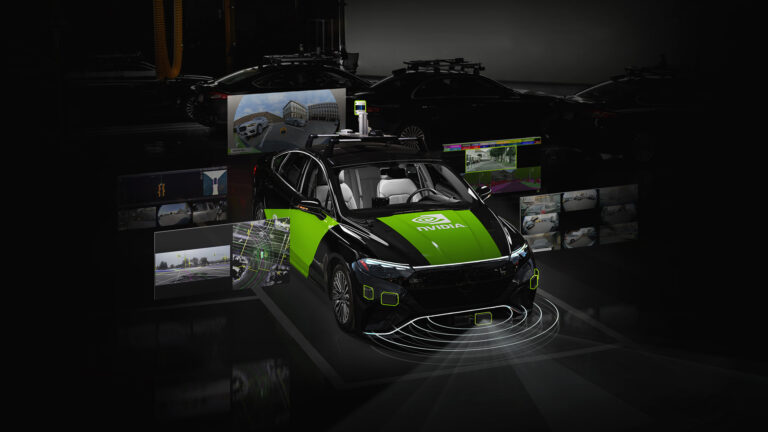
Learn how to leverage NVIDIA AI-powered infrastructure and software to accelerate AV development for maximum efficiency.
]]>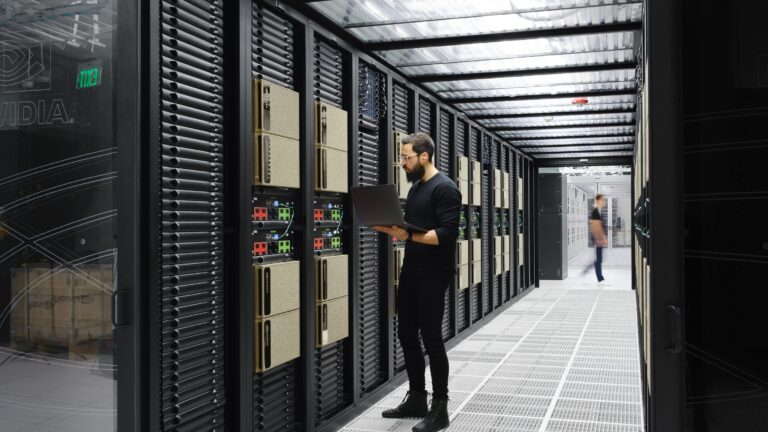
The incredible advances of accelerated computing are powered by data. The role of data in accelerating AI workloads is crucial for businesses looking to stay ahead of the curve in the current fast-paced digital environment. Speeding up access to that data is yet another way that NVIDIA accelerates entire AI workflows. NVIDIA DGX Cloud caters to a wide variety of market use cases.
]]>